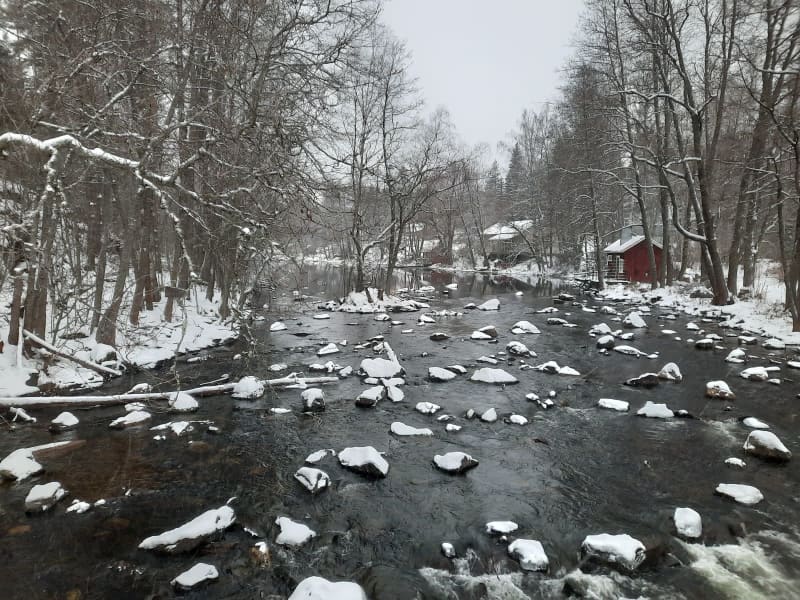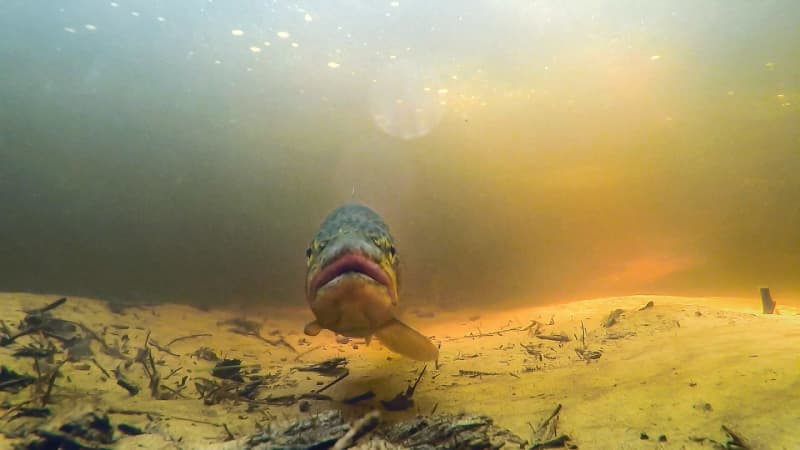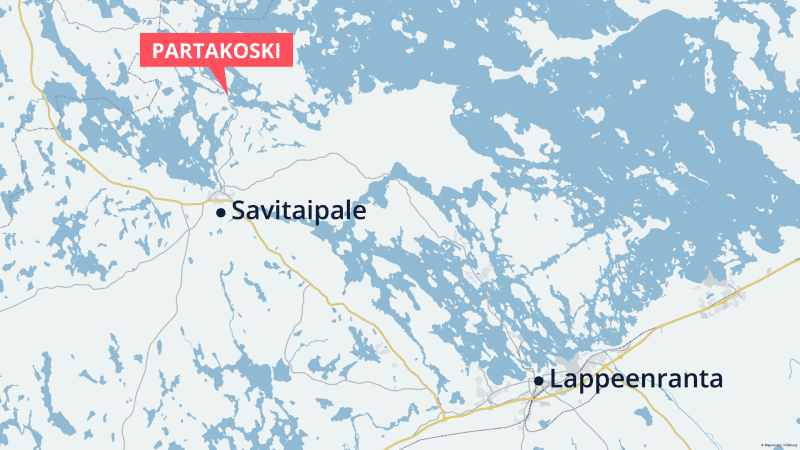
It may take up to ten years for the highly endangered lake trout population to recover, and there are still no guarantees.
The number of highly endangered lake trout fry in Savitaipale’s Partakoski has not increased.
In the electric test fishing conducted this fall, only three trout fry have been found in five rapids areas.
The number of lake trout has been monitored in Partakoski for several years. The numbers of cubs have been low all along.
There should be plenty of chicks surviving their first summer in electric test fishing, because chicks only 5–10 cm long have a high mortality rate. Only very few hatchlings grow to full size and return to their birthplace to spawn.
Partakoski located in Savitaipalee in South Karelia, as well as the nearby Saunakoski and Kärnäkoski, were renovated to make them more suitable for lake trout last year.

Fishing restrictions set
Despite the small number of young, fishing master Vesa Vanninen is not very disappointed with the result.
– Expectations weren’t terribly high yet. Usually these are long projects. Even if the numbers of fry are large in a single test fishery, that still doesn’t tell you much, says Vanninen.
According to him, fishing restrictions have been set on the ascent routes leading to the Partakoski area this fall.
– The effects will only become clear in next year’s electrofishing, he says.
Vesa Vanninen thinks that the low number of chicks is explained by the fact that the spawning mother fish have not taken up.

Recovery takes a long time
In South Karelia, there has recently been joy over the dismantling of the Hiitolanjoki dams in Rautjärvi. Promising results have been obtained on the recovery of fish stocks in Hiitolanjo.
According to Vanninen, water bodies cannot be compared with each other, because Hiitolanjoe naturally has strong populations of trout and lake salmon. This is not the case in Partakoski – and not really anywhere else in Southern Finland.
It is because the migratory fish native to Finland have disappeared in many places due to human activity.
– When the dam is removed on the Hiitolanjo river, dozens or hundreds of mother fish coming from Russia have spawned. In a way, it is an exceptionally positive example, but fortunately this can also happen, says Vanninen.
According to his assessment, the improvement of the lake trout population in the Partakoski area may take 5–10 years, and there are still no sure guarantees of its success.
The work still continues
The monitoring of the number of hatchlings in Partakoski will also be continued in the coming years. If the number of fry does not improve, lake trout planting may lie ahead.
– However, it would be important for the trout to reproduce naturally. Farmed fish stocks are often genetically poor, says Vanninen.
Partakoski is a small area, and the number of spawning trout there will never be large. According to Vanninen, success would be if, for example, after ten years a few dozen lake trout spawned in the area.
